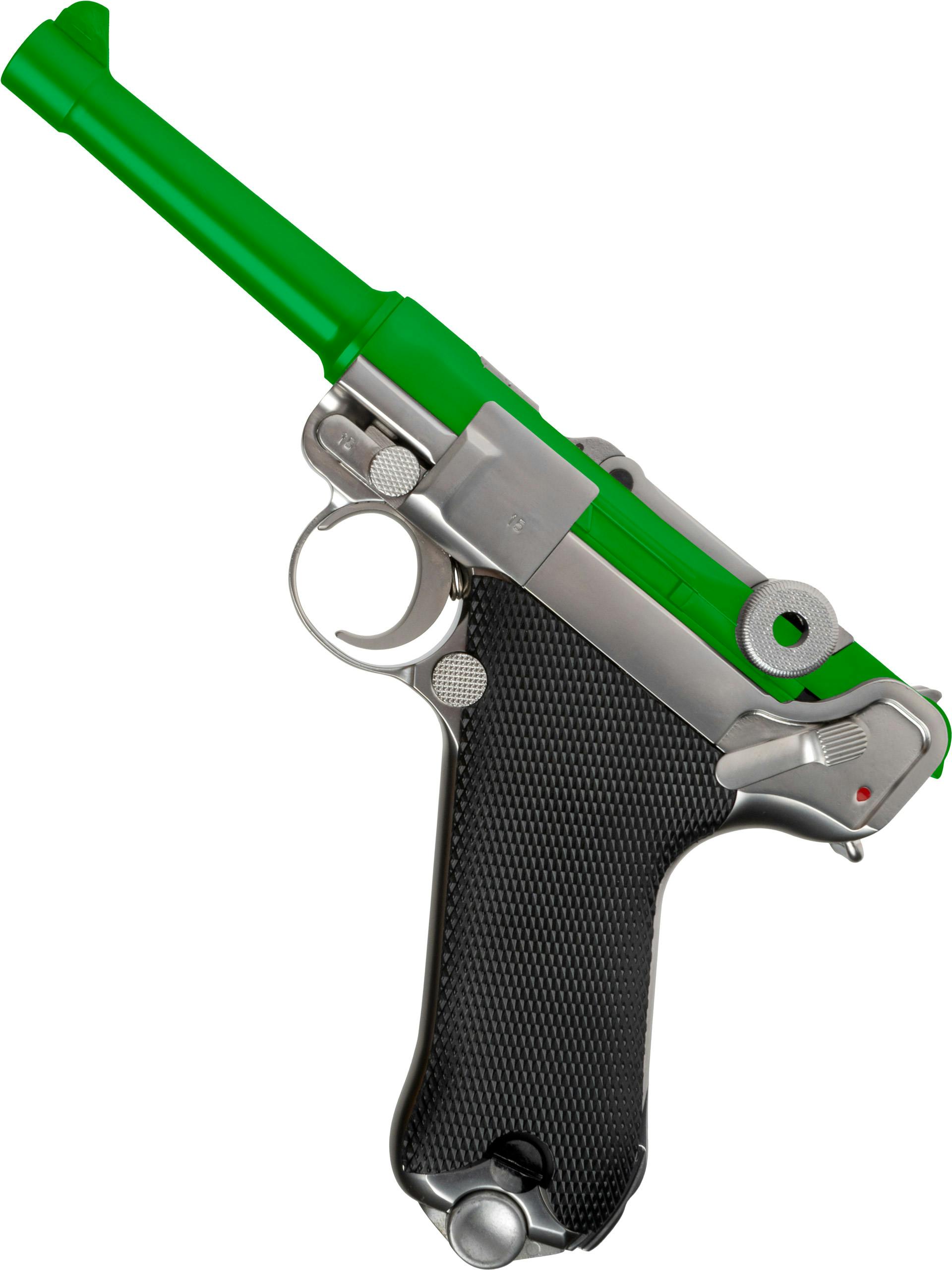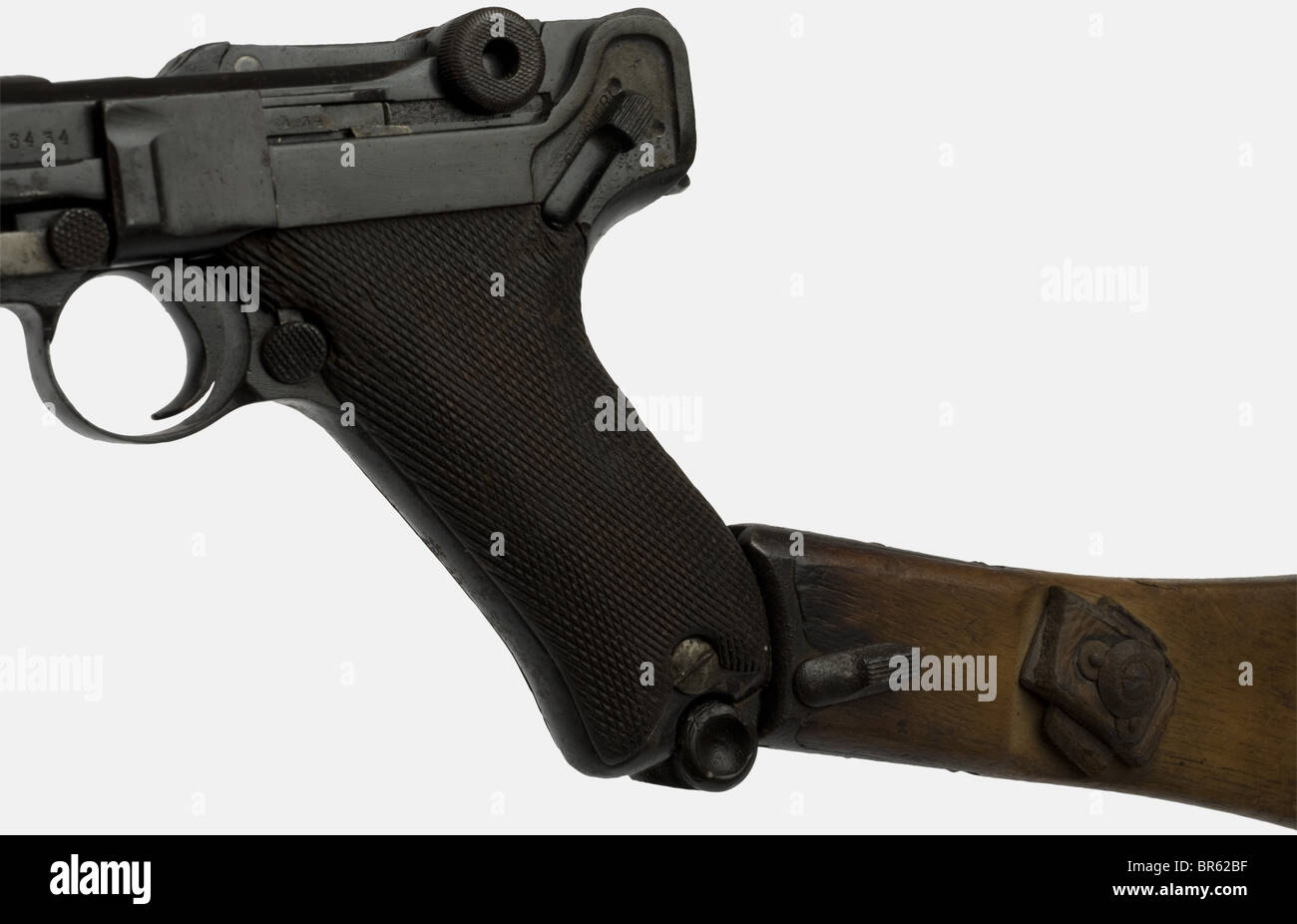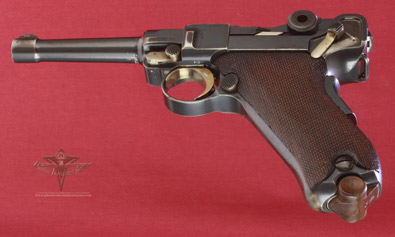

This was followed by a third test of 50 so-called 'cartridge counter' Parabellum pistols in 9 mm caliber by Springfield Armory in 1904. Army officials purchased another 50 Model 1902 Parabellum pistols with 4-inch barrels, again in 7.65mm Parabellum caliber, for further testing and evaluation. Army for field testing, with the remainder to the light artillery and officers at West Point. ordnance bomb proofs and 'American Eagle' stamps over the chambers, and issued them to each troop of mounted cavalry of the U.S.

Board of Ordnance purchased 1,000 Model 1900 Parabellum pistols with 4.75-inch barrels, marked with standard U.S. On April 16, 1901, following a successful preliminary test of the Model 1900 at Springfield Armory, the U.S. The Model 1900 or Pistole Modell 1900 was issued to German officers and likely first saw combat in China during a bloody intervention by German troops in the aftermath of the Boxer Rebellion of 1900. Ī number of countries purchased the Model 1900 Parabellum in 7.65×21 mm Parabellum (.30 Luger) caliber and issued the pistol on a limited basis to officers, non-commissioned officers and mounted troops, including Germany, Switzerland, and the United States. Keith noted that the Luger was a 'natural pointer', one of the most accurate of all autoloading pistols-particularly at long ranges-and reminded critics that the Luger was the choice of more nations as their military sidearm than any other contemporary pistol or revolver. The famous handgun author and revolver enthusiast Elmer Keith observed that the Luger design had been unfairly criticized by gun writers over the years as unreliable, partly due to poor experiences with Lugers constructed from salvaged parts. 'Bill' Ruger praised the Luger's 145° (55° for Americans) grip angle and duplicated it in his. The Luger barrel, which was rigidly fixed to the barrel extension and carried the front sight, provided excellent accuracy. Assembling the gun using a sideplate from another pistol, for example, may prevent the sear from working, making the pistol inoperable.

The design requires hand fitting of certain parts for proper operation. Luger pistols were manufactured in Germany and Switzerland to very close tolerances and exacting standards using the highest quality materials of the day, and original pistols were known for having a long service life. Luger pistol, in this instance a regulation Wehrmacht model.ĭeutsche Waffen und Munitionsfabriken, Imperial Arsenals of Erfurt, Simson, Heinrich Krieghoff Waffenfabrik, Mauser, Vickers Ltd (final assembly only), Waffenfabrik Bernģ50–400 m/s (1148–1312 f/s) (9mm, 100 mm short barrel)Ĩ-round detachable box magazine, 32-round detachable drum


 0 kommentar(er)
0 kommentar(er)
